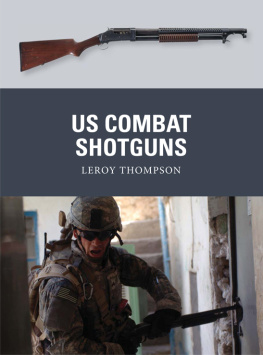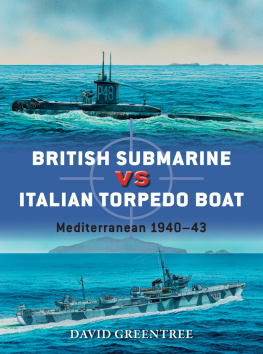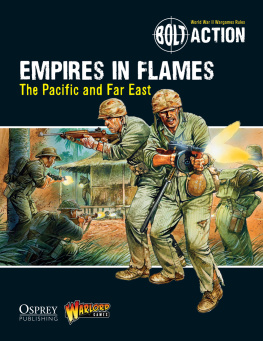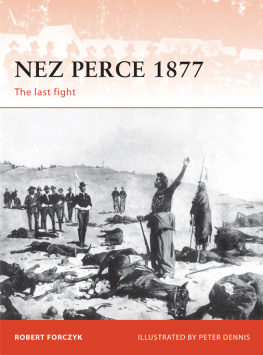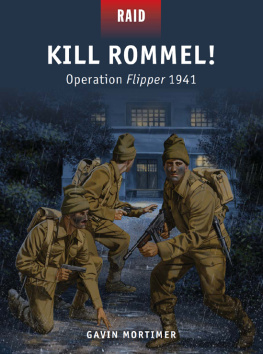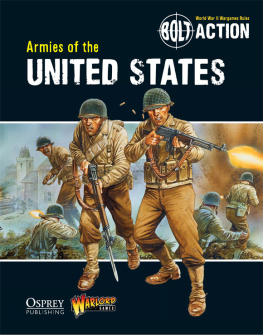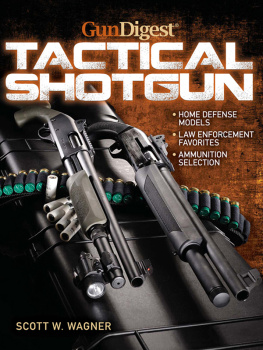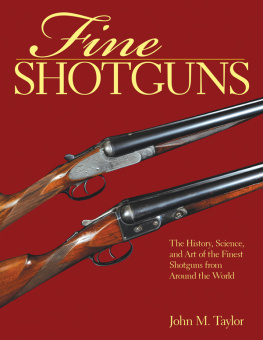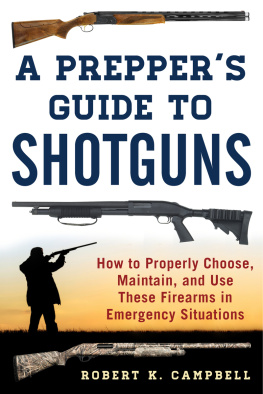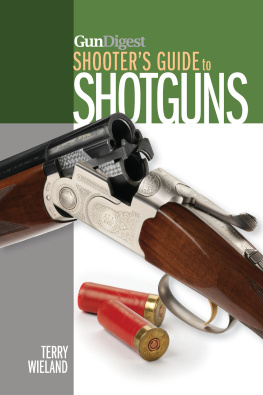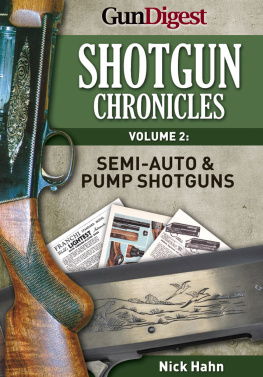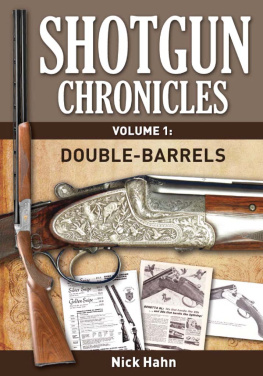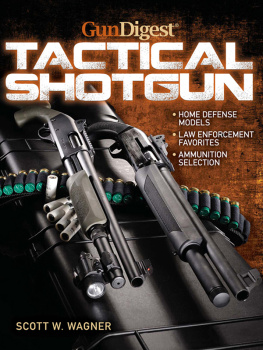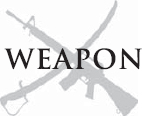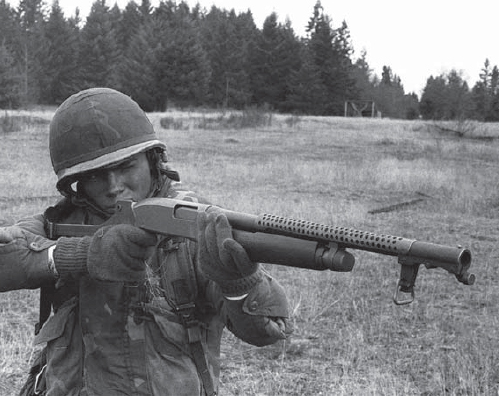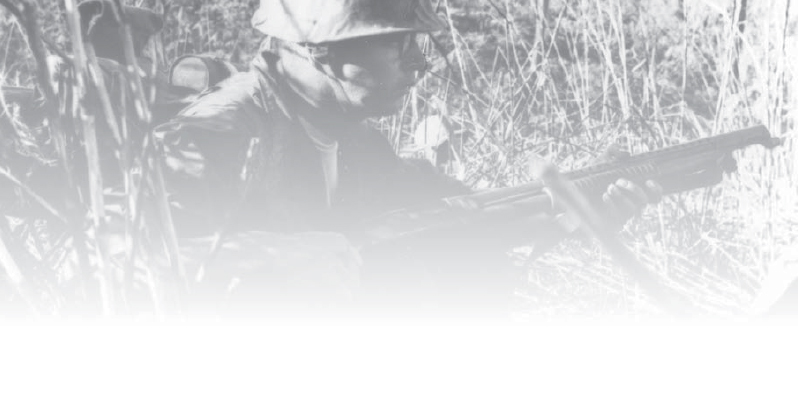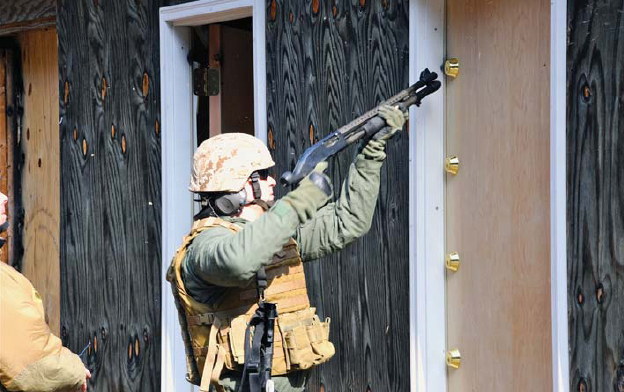US COMBAT SHOTGUNS
LEROY THOMPSON
Series Editor Martin Pegler
CONTENTS
INTRODUCTION
Few close-combat weapons are as devastating as the combat shotgun. Though shotguns have seen at least some military service for centuries, they have been most widely used by US troops. Among the early colonists to America, the muzzle-loading blunderbuss, which often had a flared muzzle to speed loading of shot or various other metal objects, was a popular weapon that could be used for hunting as well as defense. It proved a mainstay among members of local militias and proved quite effective against Indian attacks. Crews of vessels bound to or from the New World often used the blunderbuss to repel hostile boarders, or when boarding themselves. Later, during the American Revolutionary Wars, fowling pieces were used by colonists who did not have muskets for specialized purposes such as knocking down British cavalry horses. However, the colonists might also face shotguns or blunderbusses. For example, at least one British Light Dragoon regiment raised by General John Burgoyne in 1781 was armed with blunderbusses. Muskets could also be loaded with larger shot for use at close range; General George Washington encouraged his men to load their muskets with buck and ball to increase hit probability. In fact, some theorize that the famous admonition not to fire until you see the whites of their eyes was designed to maximize the effect of the buck and ball loads against the massed formations of the redcoats.
Shotguns helped defend the Alamo and were again used by US troops during the MexicanAmerican War of 184648. As the double-barreled percussion shotgun came into widespread use during the mid-19th century the scatterguns effectiveness as a combat weapon was enhanced, but it was in the hands of Confederate cavalrymen that the short double-barreled shotgun proved an especially formidable combat weapon. Reportedly, Confederate cavalrymen often fired their shotguns at close range to blast a hole in lines of Union infantrymen. After the Civil War, the shotgun still saw usage among US troops, often for hunting game but also for guarding prisoners and protecting payrolls or other assets. During the fighting against various Indian tribes, the shotgun proved a formidable close-range weapon against the Indian horsemen. Famed Indian fighter Major General George Crook carried a double-barreled shotgun, as did other Civil War veterans under his command.
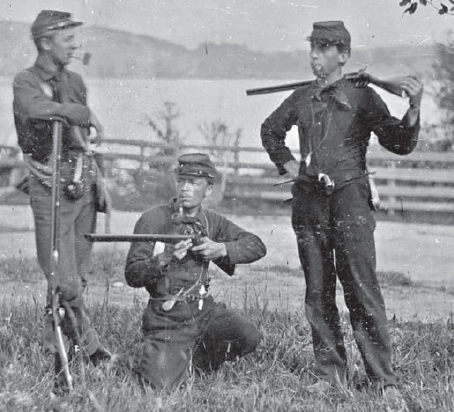
Civil War troops armed with muskets and shotguns. (Library of Congress)
It was towards the end of the 19th century, however, that the weapon that would really be the forerunner for US 20th-century combat shotguns was developed the Winchester Model 1897 (M97) 12-gauge pump-action shotgun. Early in its production, a short-barreled riot gun version of the M97 was developed. It was soon in action in the Philippines against Moro Juramentados (oath-takers). While other weapons, even the .30-caliber Krag rifle, might not stop a fanatical attacker, the M97 Riot Gun loaded with buckshot generally did.
It was as the M97 Trench Gun, however, that the Winchester achieved iconic status. Reportedly, General John Pershing was a major supporter of the issuance of shotguns to US troops during World War I, possibly because of his memories of their effectiveness during the Philippine Insurrection. As the name implies, the trench gun was developed for the trench fighting in World War I. Known to US infantrymen as the trench broom or trench sweeper, the M97 Trench Gun performed that function admirably. Troops could clear a German assault on a trench by quickly pumping the shotgun and sending buckshot pellets the length of the trench. Doughboys and Marines found the trench shotgun very effective when clearing German positions as well, especially when the enemy was inside dugouts or buildings. The major criticism was not of the M97 Trench Gun but of its ammunition, which used paper shell-casings that did not hold up in the trenches. Late in the war the availability of 12-gauge buckshot rounds loaded into brass cases alleviated the ammunition problems. A relatively small number of other combat shotguns were issued in World War I, including the Remington Model 10 (M10), Winchester Model 1912 (M12), and Remington Model 11 (M11).
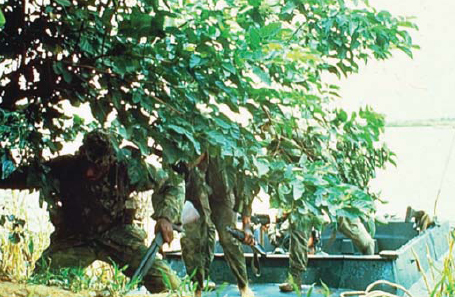
During the Vietnam War a US Navy SEAL comes ashore in the Rung Sat Special Zone, armed with an Ithaca M37 shotgun. Note that the SEALs are barefoot so as to not leave boot tracks. (US Navy)
After World War I, the trench shotguns and riot guns remained in service during the 1920s and 1930s where they saw service with the US Marines during the counterinsurgency Banana Wars, and were also used when US troops were assigned to guard the US Mail and for guarding prisoners at military stockades. Labor unrest after World War I and continuing during the Great Depression also increased interest among Ordnance officers in stockpiling shotguns for use by Federal troops or members of the National Guard against rioters.
Among the early incentives for the United States to begin acquiring more shotguns prior to entrance into World War II was the fear of parachute attacks on US air bases, or of saboteurs attacking naval bases, air bases, or other defense installations. As a result, new orders were placed for trench or riot shotguns as well as shotguns for training aerial and naval antiaircraft gunners in leading a target (in order to compensate, when shooting, for the targets movement). Initial orders were given to Winchester, Ithaca and Remington, and were increased dramatically after the attack on Pearl Harbor. Later, shotguns would also be acquired from Savage and Stevens as well.
The US Marines found the shotgun especially valuable during the jungle fighting in the Pacific. They considered it second only to the belt-fed machine gun in stopping massed Japanese attacks. Although both trench and riot shotguns were available, the Marines preferred the trench guns with bayonets mounted, particularly the Winchester M97 and M12 models. According to Bruce N. Canfield, US Marines managed to acquire three times their authorized number of fighting shotguns in anticipation of the invasion of the Japanese Home Islands (Canfield 2007: 10304). Once again, however, damp conditions caused problems with paper-cased shotgun shells. And, once again, brass shells were developed but did not reach front-line troops until very late in World War II.
February 2009: a trainee at the USMC Dynamic Entry School at Quantico, Virginia, practices breaching locks using a Mossberg M590 shotgun with pistol grip. (USMC)
The Marines had often used shotguns in conjunction with machine guns to protect the gun crews. Shotguns were again used for this mission in Korea where they also proved effective at close quarters against Chinese infiltrators or human-wave attacks. Shotguns were also used to defend command posts and supply dumps in Korea. As with other infantry weapons used during the Korean War, the shotguns were those that had been used during World War II.

